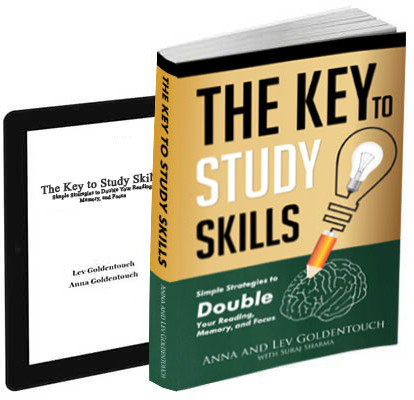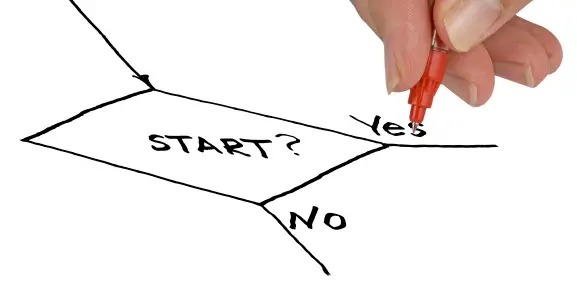Logical markers are very effective used in mindmapping. Another way to look at it is by understanding the way computers process information: both in compilers and in neural networks.
There is only one logical marker which I will quote always and use at every opportunity. Happiness = pleasure + purpose. I will use it here extensively.
Why memory masters never teach logical markers
Logical markers allow expressing the way we actually understand what we read as simple formulas. Memory masters do not do comprehension. They are trained to memorize incomprehensible, like digits in pi. The memory arts or memory sports are not built for utility. Seriously, when do you get to memorize 10 decks of cards?
Playing chess may be a cool way to generate insights into military strategy or business. Brilliant strategists often love chess and play it quite well. This does not mean that chess champions can lead armies or manage companies. Usually, this direction fails. Paul Murphy was probably the best chess player ever. He tried to be a lawyer, but his clients always wanted to discuss chess instead.
Logical markers do not work with things that are incomprehencible. They will make you fail miserably in memory competitions. However, if you can formulate what you need to remember as a logical equation, you will find logical markers extremely effective.
Branching out from logical markers to mindmaps
The basic math is a very simple and straightforward formula a+b=c. Notice that in logical memory structures we usually reverse the equation so that the memory map branches in our favorite reading direction: left to right.
Now let us add to the mindmap another layer. pleasure = lifestyle + social and purpose = passion + productivity + learning
Notice that the map can grow any way you want. For example happiness = pleasure + purpose + emotional regulation. You limit the branching out any way you want. Typically we try to get no more than 5 branches each time.
Notice that you do not need to branch out via sums of multiple arguments. You can mix and match the way you want to branch out. A conditional statement like if..else…elif…ow… is also very useful. Notice I typically use up to 4 symbols per keyword. Elif stands for else if and ow stands for otherwise.
Compare with compiler
Compilers usually process logical operations in binary trees, typically starting from the equality sign. The order of operations can be guided using parentheses.
Notice that I suggest radix 4 trees, rather than binary trees used by compilers. We are not computers. Our representation of information should be richer and our processing is inherently much slower. For example, we as humans for our convenience represent numbers as decimal digits or hexadecimal digits chunking four binary decisions into one symbol.
Compilers are built around binary decisions. Each logical sign like ‘+’ splits the decision tree into branches. This structure can be very deep, and compilers do not mind. As humans, we use mindmaps and want them to be of limited width and depth.
Compilers often use unary operators like “not”. As humans, we can place the unary operator as a detail on the visualization we create, be it a person or an object. An operator can be easily visualized for example on a T-shirt. Do not try to force it on the action part of PAO though.
Top-down
We often recommend processing information both from generic to specifics and vice versa. This is called the top-down vs bottom-up approach. The logical markers are specifically more useful for the top-down approach. We start with the desired outcome and then analyze the contributing factors.
It is theoretically possible to use logical marker in bottom-up approach collecting objects into sets and then grouping the sets using some sort of set operator. Bottom-up approach with logical markers is very rare and it is used primarily before establishing some sort of ontological hierarchy. For example, a crime scene detective can organize his clues in many ways, following different cues: location, person, time, itinerary, and more. Once the ontological hierarchy is established, top-down approach usually works better.
Multiple representations
One sufficiently complex idea can be represented in many ways. The best AI networks use a lot of parameters to represent knowledge. This means that each piece of information or connection appears multiple times in multiple contexts. The multiple representations facilitate processing in complex environments where there can be more than one outcome.
We do not need to have just one set of logical markers per idea. For example we can use happiness = plusure + purpose in parallel with Maslows’ hierarchy of needs. The Maslow’s pyramid can be simplfied into three layers: satisfacton = fulfillment + psychological needs+ basic needs. Basic needs = physiological + safety. Psychological = belonging + esteem. Then each need can be expended. For example: Psychological = belonging + esteem + cognitive + aesthetic and fulfillment = self actualization + transcendence.
Battling abstraction
Notice that while the formulas here are pretty simple, the variables are abstract. We kind of need to replace each abstract variable with something simple. In physics and chemistry, we use Latin and Greek letters, sometimes with a specific color, to represent an element. There are not many letters involved. In psychology, we may add emojis to the list of supported symbols.
Eventually, we branch out into new visual dictionaries. Typically they are very specific, like pages of emojis. For example, we can use Disney characters and brand logos to represent complex ideas. After all, our ancestors used gods for the same things.
Branching out is the most intuitive choice
We kind of try to use mental maps the same way we use tables of contents in books. Then we try to use logical markers within the maps. Not because we have to, but because it is easy. One of the alternatives includes introducing feedback mechanisms and complex graphs of connectivity. This is possible and probably very effective. It is much harder to learn and visualize.

Get 4 Free Sample Chapters of the Key To Study Book
Get access to advanced training, and a selection of free apps to train your reading speed and visual memory

